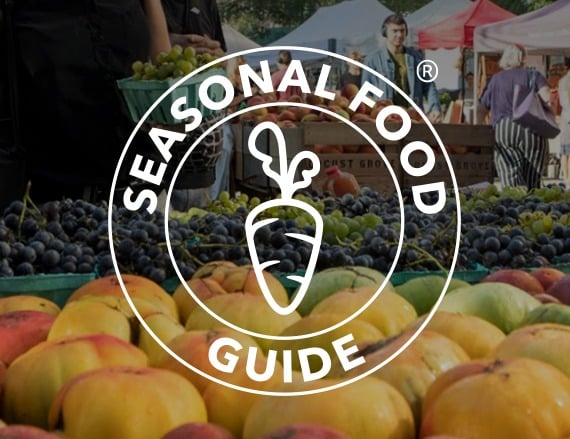Real Food Encyclopedia | Sapodilla
With its leathery brown skin, the sapodilla (Manilkara zapota) doesn’t look like much on the outside, but the ripe fruit is a favorite in tropical areas worldwide. Closely related to other fruits like the mamey sapote and the canistel, the sapodilla has a stronger flavor that is warm, intense and sometimes described as malty, similar to molasses. Delicious eaten fresh or used in desserts, sapodillas aren’t always easy to find but are worth seeking out if you live in an area where they’re grown.
Fun facts about sapodillas:
- The milky, latex-filled sap of the sapodilla tree is the original source for chicle, a natural chewing gum enjoyed by the Indigenous people of Mexico and Central America.
- The bark of the sapodilla tree is filled with tannins — natural compounds with a dark color that can be used as a stain for textiles or as a traditional medicine for stomach troubles.
What to look for when buying sapodillas
Sapodillas can be difficult to find outside of regions where they are grown, though they are sometimes shipped internationally to specialty stores. If you find sapodillas in a grocery store, they may be slightly unripe to avoid bruising. The fruits will ripen at room temperature over several days, though the process can sometimes take up to 10. The unripe fruit is incredibly bitter and astringent, leaving a dry, “puckered” sensation in the mouth like an unripe persimmon or black sapote.
A ripe sapodilla may look a little worse for wear: The fruit should be very soft with dry, wrinkled skin. Avoid any that have breaks in the skin; they may rot before they fully ripen.
Sustainability of sapodillas
Pesticides
Sapodillas are undemanding trees that often grow wild in areas where they’ve been introduced, so cultivated trees don’t tend to need much beyond manure, although some growers may occasionally use synthetic fertilizers for a bigger crop. The trees are also pest resistant in most of their range, so pesticide use is uncommon. Because many of the fruits are grown in backyards on a small scale, it’s possible they are grown without any chemicals. If you’re buying sapodillas locally, check with the vendor about their growing practices.
Seasonality
Sapodillas are available from late winter through fall, though their peak season typically happens in midsummer.
Geography
Sapodillas are native to Mexico’s Yucatan peninsula, but their sweet taste made them extremely popular around Central America and the Caribbean, where the fruits have been cultivated for thousands of years. Spanish colonists were responsible for bringing the fruit to the Philippines, and from there it quickly spread throughout tropical Asia.
Today the fruit is grown most extensively in India and Mexico. In the U.S., the frost-sensitive trees can only be grown in areas like South Florida and Hawai’i, where they are a favorite at farmers’ markets.
Eating sapodillas
To eat sapodillas fresh, first slice the fruit in half, carving around the seeds like you would an avocado. Once you’ve removed the seeds, scoop out the pulp with a spoon.
Storing
Sapodillas that are purchased firm need to be ripened at room temperature. Refrigerate ripe fruit for up to a week.
Cooking
In Latin America, sapodillas are a favorite in batidos (fruity milkshakes). Using sapodillas in baked goods, like pies and crumbles, showcases their intense, warm flavor.
Preserving
Sapodillas can be used for jams and jellies, especially in combination with other fruits.
The scooped-out flesh can also be frozen in chunks for several months.
Nutrition
Sapodillas are a good source of potassium and calcium and also provide some Vitamin A and C.
Top photo by seagames50/Adobe Stock.

